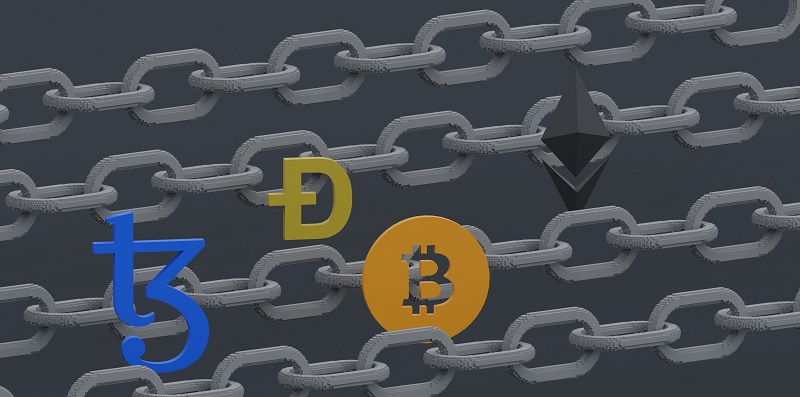The rise of Web3, powered by revolutionary blockchain technology, is set to bring about unprecedented transformation in service-based businesses. This decentralized technology enables two parties to engage in safe and thrustless transactions, eliminating the need for a third-party intermediary. In this article, we will explore the various ways in which Web3 and blockchain technology are disrupting traditional service-based industries, particularly in financial services, asset management, lending, the IT industry, and the telecom sector.
The concept of thrustless transactions
One of the essential features of blockchain technology is its ability to facilitate thrustless transactions. By utilizing decentralized networks and cryptographic algorithms, transactions can be securely conducted without the need for intermediaries. This eliminates the risk of fraud and provides a level of transparency that was previously unheard of in traditional business transactions.
Impact on financial services
The financial services sector is at the forefront of blockchain technology adoption. Trends such as Decentralized Finance (DeFi), digital asset investing, blockchain-based money transfer networks, and blockchain-based lending are disrupting the industry. DeFi, in particular, aims to create an internet-native financial system built for the Web3 era. It offers decentralized solutions for lending, borrowing, trading, and more, challenging traditional financial systems.
The Promise of DeFi
DeFi holds the potential to revolutionize financial systems as we know them. By leveraging blockchain technology, DeFi protocols provide open and transparent financial services accessible to anyone with an internet connection. This democratization of finance has the power to reshape the banking and investment landscape, empowering individuals with greater control over their funds and eliminating the need for intermediaries.
Transformation in Asset and Wealth Management
Web3 and blockchain technology have the potential to reshape traditional approaches to asset and wealth management. By leveraging smart contracts and decentralized networks, investors can access new avenues for diversification and growth. The transparency and immutability provided by blockchain technology enable more accurate tracking of assets, reducing the risk of fraud and enhancing trust between investors and wealth managers.
Ethical Investing with Blockchain
In the global fight against climate change, blockchain technology can play a crucial role in ensuring investments are made ethically. With blockchain’s transparent and immutable nature, investors can verify the origins of funds and track the impact of their investments, promoting more sustainable practices. By utilizing blockchain technology, service-based businesses can align their investment strategies with their environmental and social values.
Blockchain-based lending
The traditional lending process often involves intermediaries, lengthy processes, and higher costs. Blockchain technology is transforming lending by cutting out the middleman. Through smart contracts, depositors can directly lend money to borrowers with predefined terms and conditions. This decentralized lending infrastructure introduces efficiency, reduces costs, and improves access to capital for those who are underserved by traditional banking systems.
Decentralization and the IT industry
Decentralization is disrupting various sectors, including the IT industry. Decentralized data storage enables individuals and businesses to securely store data across multiple nodes, ensuring redundancy, privacy, and security. This shift away from centralized data storage models presents challenges but also offers the potential for increased data ownership and control, as well as resistance to censorship and data breaches.
Disrupting Telecom and Internet Service Providers
Web3 and blockchain-based networks, such as Helium, are undermining the traditional business models of telecom companies and internet service providers. These networks enable device owners to share their unused network capacity and earn tokens in return. This decentralized approach promotes network accessibility, lowers costs, and increases reliability, potentially reshaping traditional telecommunication and internet infrastructure.
The rise of Web3 and blockchain technology is set to reshape the landscape of service-based businesses across various industries. The potential for thrustless transactions, decentralized finance, ethical investing, decentralized data storage, and disruption in telecom and internet service provision highlights the transformative power of this technology. It is evident that every service-based business and profession will feel the impact of Web3 and the metaverse to some extent. Embracing this technological revolution will be paramount for businesses aiming to stay competitive and innovative in the Web3 era.

